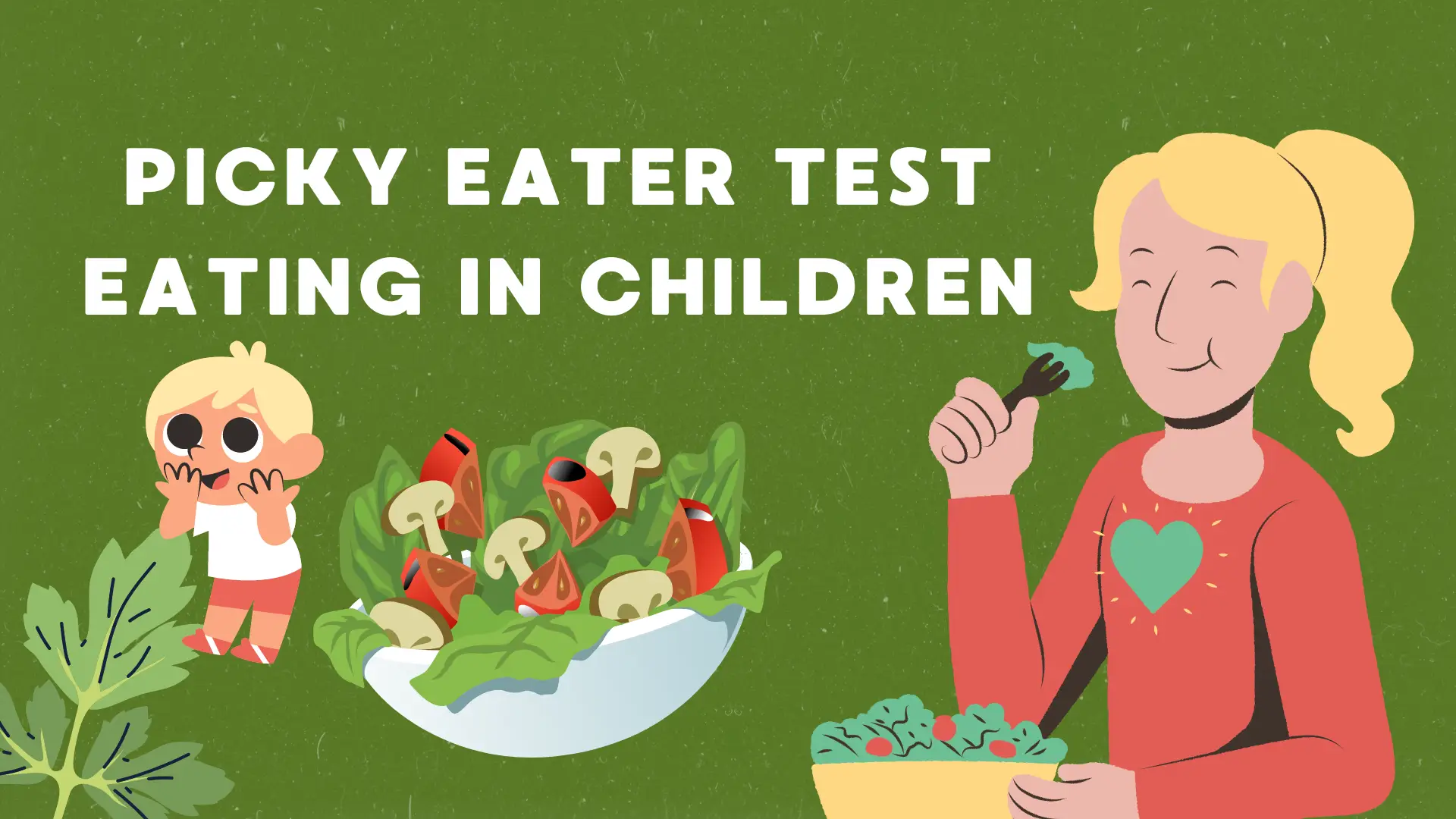Contents
Picky Eater Test:
A picky eater test is a quiz or questionnaire designed to assess an individual’s food preferences, aversions, and eating habits. It can help determine the extent of someone’s picky eating and identify any underlying factors contributing to their dietary choices.
These tests often include questions about:
- Food preferences and dislikes: specific foods, flavors, textures, or colors that are avoided or preferred.
- Eating habits: mealtimes, portion sizes, and eating environments.
- Sensory sensitivities: reactions to smells, textures, or appearances of food.
- Dietary restrictions: allergies, intolerances, or religious dietary laws.
- Emotional factors: stress, anxiety, or other emotional states that may influence eating habits.
By completing a picky eater test, individuals can gain a better understanding of their own eating patterns and identify potential areas for improvement.
The Challenge of Diverse Tastes
- Individual preferences: Each child has unique food preferences and aversions, even siblings from the same family.
- Sensory sensitivities: Children with sensory issues, anxiety, or autism spectrum disorder often have limited food choices due to sensitivity to textures, smells, or appearances.
- Nutritional concerns: Restricted diets can lead to concerns about proper nutrition for brain and body development.
The Impact on Families
- Stress and tension: Limited food options can create stress and conflict within families, especially when eating out or trying new foods.
- Disrupted mealtimes: Picky eating can disrupt family mealtimes, leading to fighting and difficulty eating together.
Addressing Picky Eating
- Identify food preferences: Create a list of foods your child will eat, used to eat, and those you hope they will eat.
- Understand brand preferences: Picky eaters may have strong preferences for specific brands and notice subtle differences.
- Rule out gastrointestinal issues: Consider if gastrointestinal problems are contributing to food preferences.
- Evaluate oral motor strength: Assess your child’s ability to chew and crunch on different foods.
- Address sensory sensitivities: desensitize your child to aversive colors, textures, or smells.
- Implement a gradual introduction: Introduce new foods systematically, starting with exposure and progressing to eating.
- Create a positive eating environment: Establish consistent mealtimes, avoid distractions, and involve your child in meal preparation.
- Utilize reward systems: Encourage your child to try new foods with positive reinforcement.
- Consider supplements: Multivitamins or smoothies can help ensure adequate nutrition.

Remember, patience and understanding are key when dealing with picky eating. By addressing the underlying causes and implementing effective strategies, you can help your child develop a healthier and more varied diet.
Picky Eating List: Are You a Fussy Foodie?
Check off the boxes that apply to you:
Food Preferences and Aversions:
- Textures: Dislike certain textures, like slimy, crunchy, or mushy.
- Flavors: Avoid strong flavors like spicy, bitter, or sour.
- Colors: Have a preference or aversion to specific colors (e.g., green, yellow).
- Smells: Find certain smells unpleasant or off-putting.
- Temperature: Prefer food to be very hot or very cold.
Eating Habits:
- Limited food choices: Stick to a small number of foods.
- Brand loyalty: insist on specific brands or labels.
- Separation of foods: Avoid mixing different foods on your plate.
- Refusal to try new foods: Resist trying unfamiliar dishes or ingredients.
Sensory Issues:
- Texture sensitivity: dislike the texture of certain foods (e.g., slimy, crunchy).
- Smell sensitivity: Find certain smells overwhelming or unpleasant.
- Sight sensitivity: Have difficulty tolerating certain colors or appearances.
Emotional Factors:
- Anxiety or stress: experience anxiety or stress around mealtimes.
- Sensory overload: Feel overwhelmed by sensory input during meals.
- Emotional eating: turning to food for comfort during emotional times.
Other:
- Dietary restrictions: Have allergies, intolerances, or religious dietary laws.
- Medical conditions: Have underlying medical conditions that affect appetite or digestion.
If you checked off several boxes, you might be considered a picky eater. Remember, it’s important to consult with a healthcare professional or registered dietitian for personalized advice and support.
FAQ’s,
What is a picky-eater test?
A picky eater test is a quiz or questionnaire designed to assess a child’s food preferences, aversions, and eating habits to identify the extent and causes of picky eating.
How can sensory sensitivities affect picky-eating?
Children with sensory issues may avoid certain foods due to sensitivities to textures, smells, or appearances.
What strategies can help address picky-eating?
Gradual food introduction, creating a positive eating environment, and addressing any underlying issues, like gastrointestinal problems, can be effective strategies.


1 thought on “Understanding and Addressing Picky Eater Test in Children”